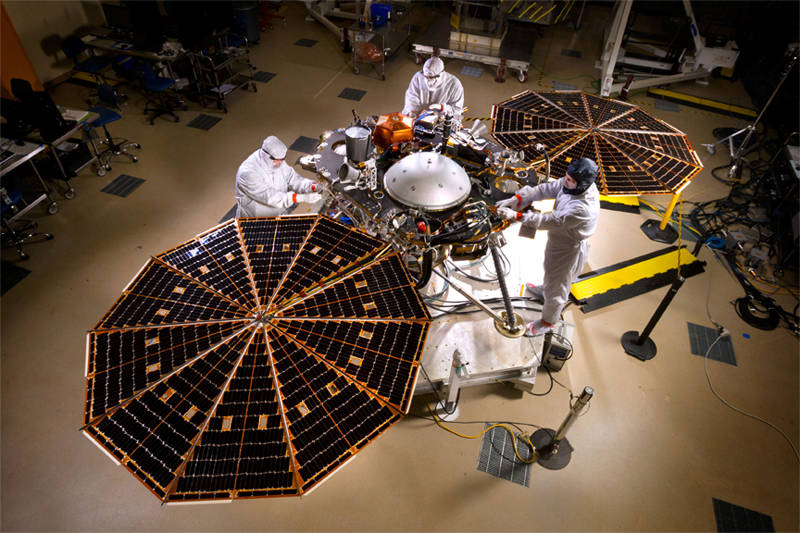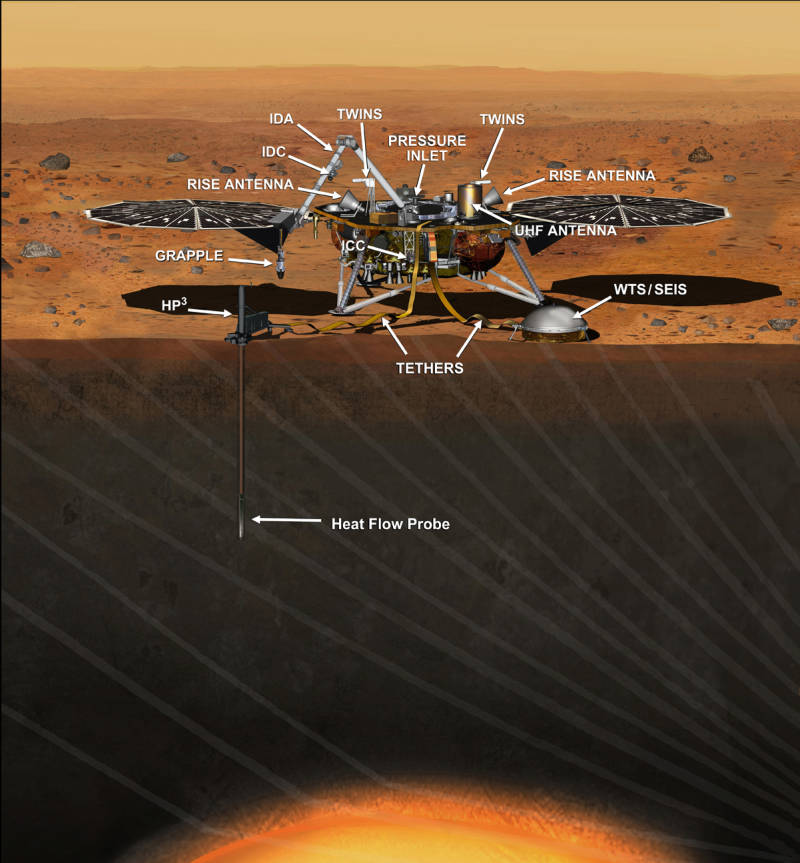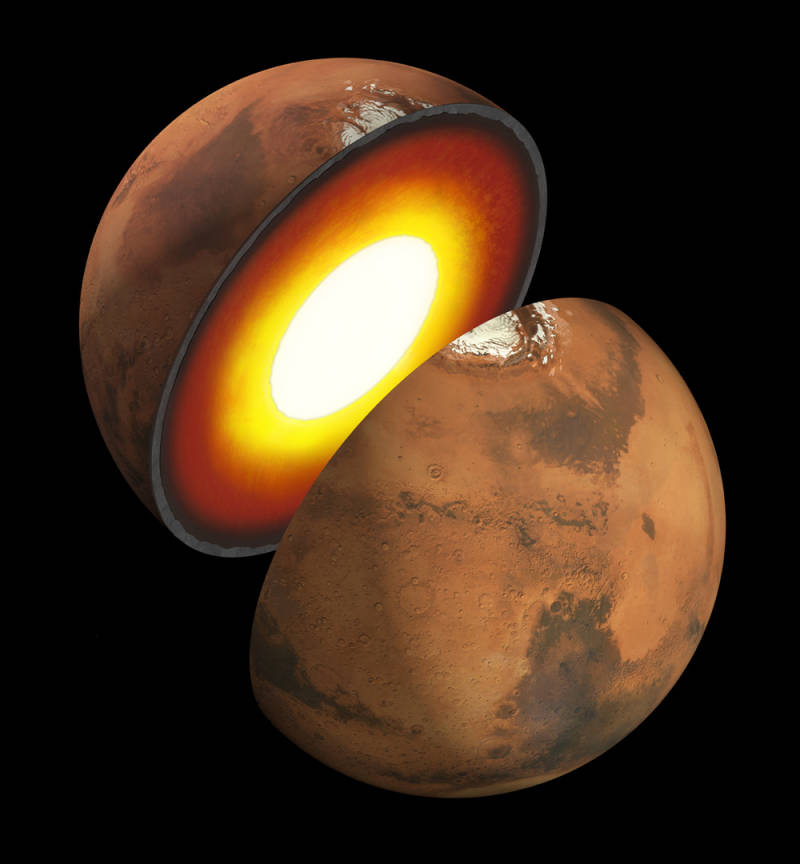NASA’s InSight mission to Mars is well worth waiting two more years for. InSight will be the first lander equipped to probe beneath the Martian surface, conducting experiments aimed at finding out what goes on inside the planet.
The space agency postponed the launch of InSight (Interior Exploration using Seismic Investigations, Geodesy and Heat Transport) earlier this month, after finding a leak that would have endangered one of the lander’s principal instruments, a seismometer.
With a practical launch window for sending the spacecraft to Mars opening and closing this month, NASA decided the leak couldn’t be repaired and tested in time. And since Martian launch windows open only once every two years when Earth and Mars move into favorable positions, NASA will now set its sights on the next one, in May of 2018.

The seismometer (Seismic Experiment for Interior Structure, or SEIS) will monitor internal activity through acoustical waves, not unlike how a doctor listens to a patient’s breathing and heartbeat with a stethoscope. How much activity there is, and where, are clues to Mars’ internal structure and activity.
InSight’s other main instruments are RISE (Rotation and Interior Structure Experiment) and HP3.
RISE will make precision measurements of Mars’ rotation rate, as well as how it wobbles over time, to help us understand the nature of Mars’ core. The physical state of a planet’s core has a strong effect on perturbations in its rotation.
HP3 is a ground-penetrating probe that will measure the temperature at different depths of the Martian topsoil. The data will allow scientists to calculate how fast heat is escaping from Mars. These measurements, combined with data from the other instruments, will help determine the thermal conditions of the core and mantle.

All of InSight’s instruments are designed to probe the interior geophysical conditions of Mars, but the purpose of its mission goes well beyond that.
InSight’s goals are a broader investigation of the very early formation of all the terrestrial planets of the inner solar system—Earth, Venus, Mercury, and Mars.
All of these rocky worlds are believed to have originally formed through a process called accretion, in which primordial materials in the young solar system were pulled together by gravity into larger and larger objects, snowballing to become the planets.
At some point in the process, the planets underwent a process called differentiation, in which heavier materials sunk toward their centers, light materials floated toward the surface, and the structure of core-mantle-crust that we see today took shape. However, scientists’ understanding of how this process unfolded is vague.

Because Mars is far less geologically active than Earth, it preserves in its structure and in the thermal state of its interior a record of its ancient physical state. Much of the evidence of Earth’s early formation has been more or less erased over eons of tectonic churning.
While InSight gets repaired, there are still two operational rovers up there—Opportunity and Curiosity—and four orbital spacecraft, MAVEN, Mars Reconnaissance Orbiter, Mars Odyssey, and the European Mars Express. So, the disappointment of the two-year delay in putting the stethoscope to Mars’ heartbeat is softened by all the other incredible data coming to us.